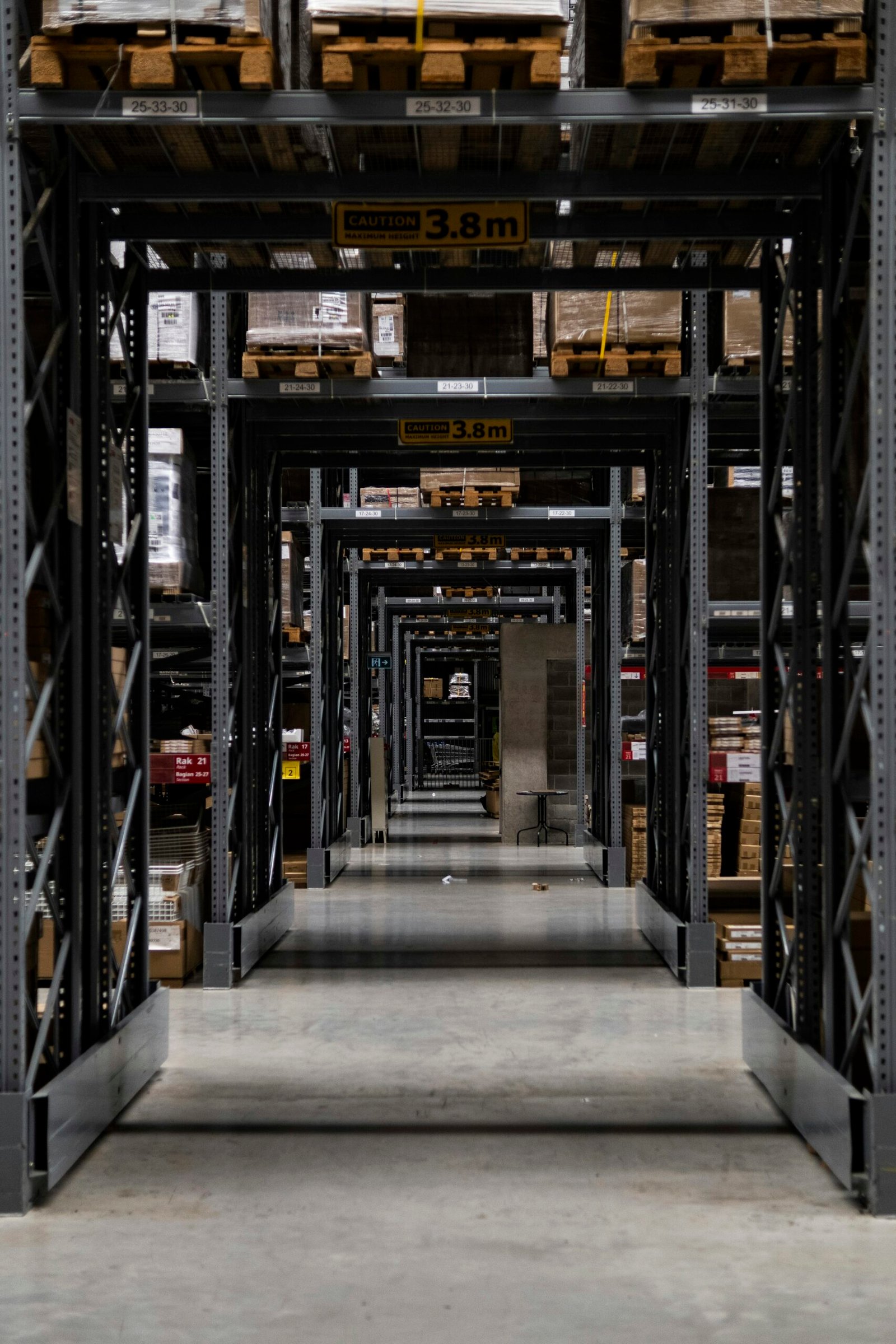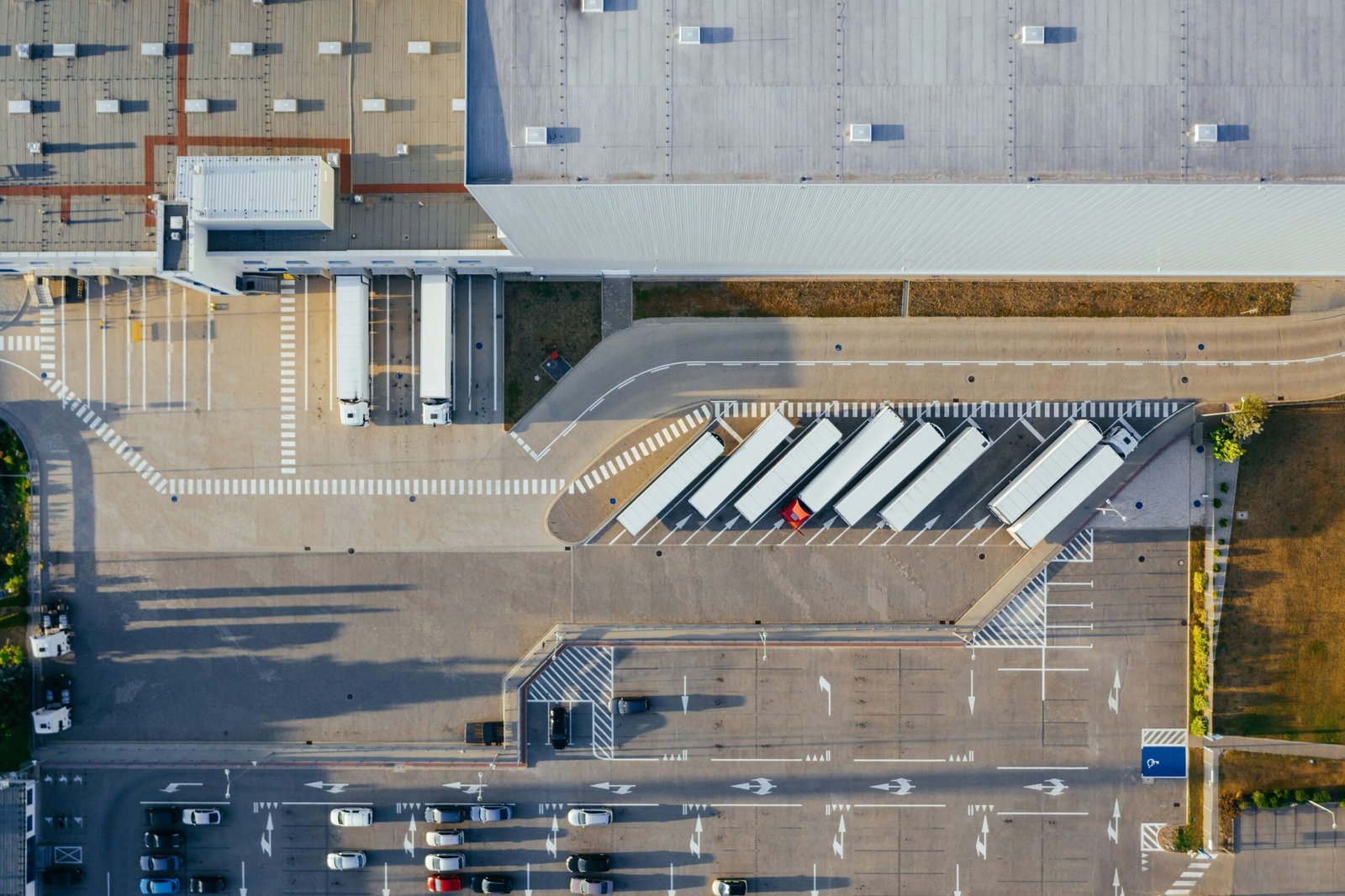Introduction to AI-Driven Warehouse Robotics
In recent years, the logistics sector has witnessed a significant transformation driven by the emergence of AI-driven warehouse robotics. These advanced systems leverage cutting-edge technologies such as artificial intelligence (AI), machine learning, and automation to enhance operational efficiency within warehouses. The integration of these technologies marks a pivotal shift in traditional warehouse practices, answering the increasing demands of modern supply chains.
At the heart of AI-driven warehouse robotics lies sophisticated software that enables robots to perform tasks independently and adapt to various scenarios in real-time. Artificial intelligence facilitates critical decision-making processes, allowing robots to navigate complex warehouse environments while optimizing routes for product retrieval and storage. Additionally, machine learning algorithms help these systems learn from each operation, thereby improving their performance and productivity over time. Automation complements these technologies by streamlining repetitive tasks, reducing human intervention, and ultimately minimizing errors associated with manual labor.
The evolution of warehouse practices can be traced back to early automation efforts, which initially focused on mechanizing standard tasks such as sorting and shelving. However, with continuous advancements in technology, warehouses are now equipped with robots capable of performing a wider range of functions—from inventory management to order fulfillment. This evolution signifies a move towards more sophisticated and interconnected warehouse ecosystems, where AI-driven robotics play a critical role in enhancing supply chain responsiveness and overall efficiency.
As businesses strive to stay competitive in a rapidly changing marketplace, the integration of AI-driven warehouse robotics is becoming increasingly important. These systems not only facilitate quicker and more accurate operations but also contribute to the overall optimization of logistics processes. This sets the foundation for further discussions about the significance of robotics in modern supply chain operations, highlighting how they can revolutionize traditional practices.
Benefits of Implementing AI Robotics in Warehousing
The implementation of AI-driven robotics in warehousing offers numerous advantages that significantly enhance operational effectiveness. One of the primary benefits is increased efficiency. AI robotics can operate continuously without fatigue, enabling them to pick, pack, and ship products at remarkable speeds. This not only accelerates order fulfillment but also helps businesses respond quickly to customer demands, thereby gaining a competitive edge in the market.
Another crucial advantage is the reduction of labor costs. By automating routine tasks, companies can minimize dependency on manual labor, which, in turn, lowers wage expenses and reduces the likelihood of human errors. This streamlining of processes leads to cost savings that can be reallocated toward other critical areas, such as technology upgrades or workforce training. For instance, companies like Amazon have seen significant reductions in their operational costs through the strategic use of AI robotics in their warehouses.
In addition to cost savings, AI robotics contribute to improved accuracy in inventory management. The integration of advanced technologies allows for real-time tracking and monitoring of stock levels, minimizing discrepancies and enabling better inventory control. A 2022 study found that firms implementing AI logistics solutions experienced a 30% increase in inventory accuracy, translating into lower levels of out-of-stock and overstock situations.
Enhanced worker safety is yet another benefit associated with AI-driven robotics. By taking over dangerous tasks, such as lifting heavy items or navigating complex warehouse layouts, robots reduce the risk of workplace injuries. Enhanced safety protocols foster a more secure working environment, leading to higher employee satisfaction and retention rates. As a case in point, a major manufacturing company reported a 40% decrease in workplace accidents after adopting robotics in their warehousing operations.
In summary, the advantages of implementing AI-driven robotics in warehousing—ranging from increased efficiency and reduced labor costs to improved accuracy and enhanced safety—are substantial. These benefits not only optimize logistical operations but also contribute to the overall success of the business in an increasingly competitive landscape.
Challenges and Considerations in Adoption
The integration of AI-driven robotics into warehouse operations presents numerous challenges that companies must acknowledge. First and foremost, the initial investment costs can be substantial. Organizations need to invest not only in the robotics technology itself but also in the necessary infrastructure upgrades to accommodate these systems. This financial burden can be a significant deterrent, especially for small to medium-sized enterprises that may lack the capital or resources for such investments.
Moreover, technology integration poses another hurdle. The seamless incorporation of AI-driven robotics into existing warehouse management systems requires compatibility and sophisticated programming. Companies may face challenges in aligning these technological systems, necessitating extensive planning and possibly extending the timeline for full implementation. This can lead to disruption in regular operations, causing delays in order fulfillment and potentially affecting customer satisfaction if not managed carefully.
Workforce displacement is also a pressing concern tied to the introduction of robotics in logistics. Employees may fear job loss or reduced hours, leading to resistance against new technology. To address these concerns, companies need to implement effective change management strategies that involve clear communication and transparency about the role of robotics. Upskilling and reskilling programs can play a crucial role in preparing the workforce for collaboration with robotic systems, emphasizing that robotics will augment human capabilities rather than entirely replace them.
Finally, the need for ongoing maintenance and training cannot be underestimated. AI-driven systems require regular upkeep to ensure optimal performance. Furthermore, as technology evolves, continuous education for staff is essential to keep pace with advancements in robotics and AI methodologies. Companies must allocate resources effectively to facilitate this training, creating an environment where human workers can thrive alongside automated systems.
Future Trends and Innovations in Warehouse Robotics
The future landscape of AI-driven warehouse robotics is poised for transformative advancements that will redefine logistics and supply chain operations. One significant trend is the rise of collaborative robots, known as cobots. Unlike traditional industrial robots, cobots are designed to work alongside human workers, enhancing productivity and safety in warehouse environments. These robots can assist with tedious tasks, reducing the physical strain on humans and allowing them to focus on more complex operations. As the use of cobots expands, we can anticipate a shift towards hybrid labor models, blending human intelligence with robotic efficiency.
Advancements in artificial intelligence capabilities are another vital component influencing the future of warehouse robotics. As AI algorithms become more sophisticated, they will enable robots to perform intricate tasks with greater autonomy and accuracy. Machine learning technologies will allow these systems to adapt to changing conditions and optimize workflows in real-time, leading to significant improvements in operational efficiency. This evolution not only minimizes errors but also enhances inventory management and order fulfillment processes.
Furthermore, the integration of the Internet of Things (IoT) and big data analytics will revolutionize warehouse operations. IoT devices can provide real-time data on inventory levels, equipment performance, and environmental conditions, facilitating proactive decision-making. Meanwhile, big data analytics will allow organizations to derive actionable insights from these data streams, empowering them to optimize supply chain strategies and predict future demands more effectively. The convergence of these technologies will usher in a new era of smart warehouses capable of seamless automation and unparalleled efficiency.
Over the next decade, these innovations in warehouse robotics, driven by collaborative robots, advanced AI, and interconnected data systems, will significantly reshape the logistics and supply chain industries. Stakeholders should prepare to embrace these changes as they hold the potential to streamline operations, reduce costs, and enhance overall service delivery.









